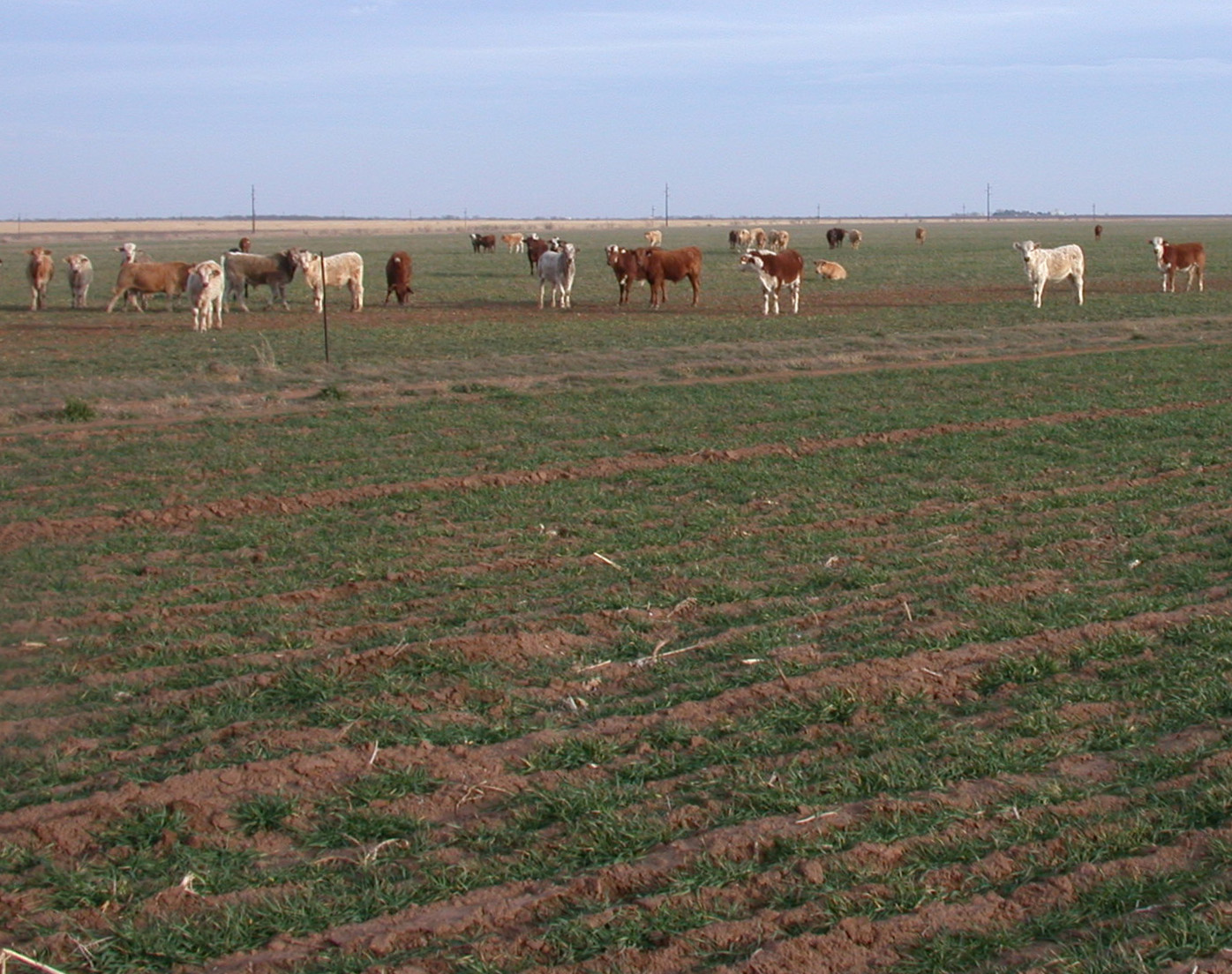Wed, 19 Oct 2022 14:35:52 CDT

Over the last three years, about 50 percent or more of the wheat crop in the state of Oklahoma has been grazed for wheat pasture. Looking at the fall months of 2022, and early days of 2023, that trend is likely to suffer.
Senior Farm and Ranch Broadcaster, Ron Hays, is visiting with the Director and Senior Agricultural Economist at the Livestock Market Information Center, Katelyn McCullock, talking about winter wheat pasture grazing in the midst of extremely low pasture and range conditions.
McCullock with the Livestock Market Information Center says the cattle that would have normally been grazed on wheat are already gone or will be going elsewhere.
“For dual-purpose wheat, we would be looking to put cattle on probably pretty typically around November 1,” McCullock said. “Right now, that doesn’t look like it is going to be able to happen.”
At a minimum, McCullock said wheat pasture grazing will be delayed, but the lack of moisture in the ground has producers questioning if wheat is going to sprout and be able to support cattle.
“We are looking at a pretty exceptional type of year where there might not be that ability to graze wheat at all,” McCullock said.
In Oklahoma, winter wheat planted reached 53 percent, down 3 points from the previous year and down 13 points from the average. Winter wheat emerged reached 30 percent, down 5 points from the previous year and down 16 points from the average. Most of Oklahoma’s wheat has been dusted in, waiting on that moisture to arrive.
For Kansas, winter wheat planted was 64 percent, behind 73 percent last year, and near 66 percent for the five-year average. Emerged was 33 percent, behind 45 percent last year and the 44 percent average.
In Texas, Winter wheat planted reached 70 percent, up 7 percentage points from the previous year and the average. Winter wheat emerged reached 37 percent, down 1 point from the previous year and the average.
“It seems to me very likely that we will delay placing cattle on wheat pasture and then that means you are going to see those cattle end up in the feed yard at lighter weights and with very expensive corn,” McCullock said. “Usually there is a tradeoff there, and right now, the weather just is not cooperating.”
There is the chance of having some pockets that might receive enough moisture to graze wheat, McCullock said, but given the price of wheat, farmers are going to be cautious about some of the considerations.
“They are going to want to protect that grain-producing ability, this year specifically, but there are some considerations with that as well,” McCullock said.
Oklahoma State Statistician Troy Marshall also signals to the Oklahoma Farm Report that he agrees that there are some “hot spots” where timely rain has allowed some wheat to germinate and start growing in the last few weeks- but that wheat must get additional rain to have any chance of establishing a stand sufficient for grazing by stocker cattle. And, that wheat pasture is unlikely to be available for several more weeks.
Meanwhile, the latest USDA crop progress report shows pasture and range conditions having yet to see improvement. Nebraska, Kansas, and Oklahoma have the lowest pasture and range ratings in the entire country. Oklahoma Pasture and range conditions are rated 78 percent poor to very poor, Nebraska is rated 83 percent poor to very poor and Kansas is rated 76 percent poor to very poor.
Other states such as Texas, Missouri, and Arkansas are also suffering from extremely poor pasture and range conditions. Texas is rated 58 percent poor to very poor and Missouri is rated 64 percent poor to very poor. Arkansas is rated 63 percent poor to very poor.
One year ago, Oklahoma’s range and pasture conditions were rated 25 percent poor to very poor, so we have seen that condition decline rapidly over the past year. Going into the winter season, these low numbers are not a good sign for those wanting to get wheat pasture cattle out on the field.
Click the LISTEN BAR below to listen to Katelyn McCullock talking about winter wheat pasture grazing in the midst of low pasture and range conditions.
The Beef Buzz is a regular feature heard on radio stations around the region on the Radio Oklahoma Network and is a regular audio feature found on this website as well. Click on the LISTEN BAR below for today’s show and check out our archives for older Beef Buzz shows covering the gamut of the beef cattle industry today.
Ron Hays Beef Buzzes with Katelyn McCullock of the LMIC
click to play audio or right-click to download















